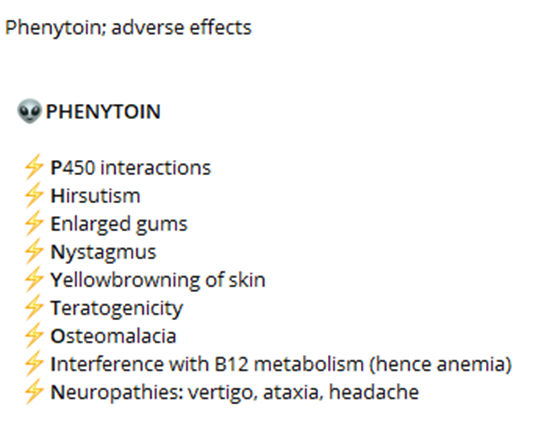Which adverse effects associated with levodopa therapy would support the nursing diagnosis Risk for Injury?
Orthostatic hypotension
Nausea and vomiting
Anorexia and depression
Tachycardia and palpitations
The Correct Answer is A
A. Orthostatic hypotension:
Orthostatic hypotension, a sudden drop in blood pressure when standing up, is a potential adverse effect of levodopa therapy. This can lead to dizziness and increase the risk of falls, thus supporting the nursing diagnosis Risk for Injury.
B. Nausea and vomiting:
Nausea and vomiting are common side effects of levodopa therapy. While they can cause discomfort and dehydration, they are less directly related to the risk of physical injury compared to orthostatic hypotension.
C. Anorexia and depression:
Anorexia (loss of appetite) and depression can occur as adverse effects of levodopa therapy. While they can affect the patient's overall well-being and quality of life, they are not directly associated with an increased risk of physical injury.
D. Tachycardia and palpitations:
Tachycardia (rapid heart rate) and palpitations are less common adverse effects of levodopa therapy. While they may indicate cardiovascular issues, they are not typically associated with a direct risk of physical injury.

Nursing Test Bank
Naxlex Comprehensive Predictor Exams
Related Questions
Correct Answer is C
Explanation
A. Diarrhea:
Diarrhea is not a common side effect of phenytoin. While gastrointestinal disturbances such as nausea, vomiting, and constipation may occur, diarrhea is less common. Therefore, it is not a primary adverse effect that the nurse should instruct the client to monitor and report.
B. Wrist pain:
Wrist pain is not a common side effect of phenytoin. Side effects related to musculoskeletal issues such as joint pain, muscle weakness, or muscle twitching can occur, but wrist pain specifically is not commonly associated with phenytoin use. Therefore, it is not a primary adverse effect that the nurse should instruct the client to monitor and report.
C. Skin rash:
Skin rash is a potential adverse effect of phenytoin that should be monitored and reported. Phenytoin can cause various skin reactions, including a mild rash or more severe reactions such as Stevens-Johnson syndrome or toxic epidermal necrolysis. Therefore, the nurse should instruct the client to promptly report any signs of skin rash or other skin changes.
D. Metallic taste:
Metallic taste is a common side effect of phenytoin. While it is not usually a serious adverse effect, it can be bothersome for some individuals. Therefore, the nurse should instruct the client to monitor for this side effect and report it if it occurs persistently or becomes bothersome.

Correct Answer is C
Explanation
A. Extension of the extremities
Extension of the extremities is not consistent with decorticate posturing. Instead, it is more indicative of decerebrate posturing, where both the upper and lower extremities are typically extended.
B. Pronation of the hands
Pronation of the hands is not typically associated with decorticate posturing. In decorticate posturing, the hands are usually flexed with the wrists and fingers pointing towards the body.
C. Plantar flexion of the legs
Plantar flexion of the legs characteristic of decorticate posturing. Decorticate posturing mainly involves plantar flexion of the feet.
D. External rotation of the lower extremities
External rotation of the lower extremities is also not typically associated with decorticate posturing. In decorticate posturing, the lower extremities may exhibit extension or internal rotation, but external rotation is not a characteristic feature.

Whether you are a student looking to ace your exams or a practicing nurse seeking to enhance your expertise , our nursing education contents will empower you with the confidence and competence to make a difference in the lives of patients and become a respected leader in the healthcare field.
Visit Naxlex, invest in your future and unlock endless possibilities with our unparalleled nursing education contents today
Report Wrong Answer on the Current Question
Do you disagree with the answer? If yes, what is your expected answer? Explain.
Kindly be descriptive with the issue you are facing.
